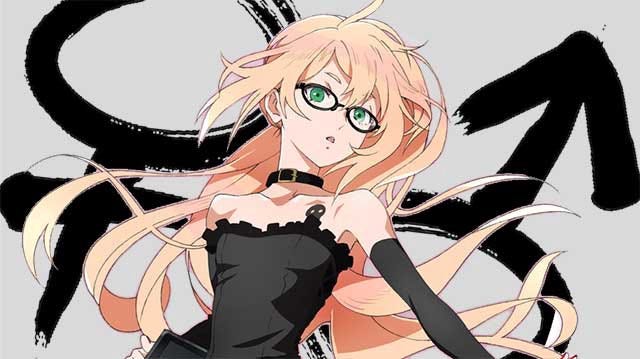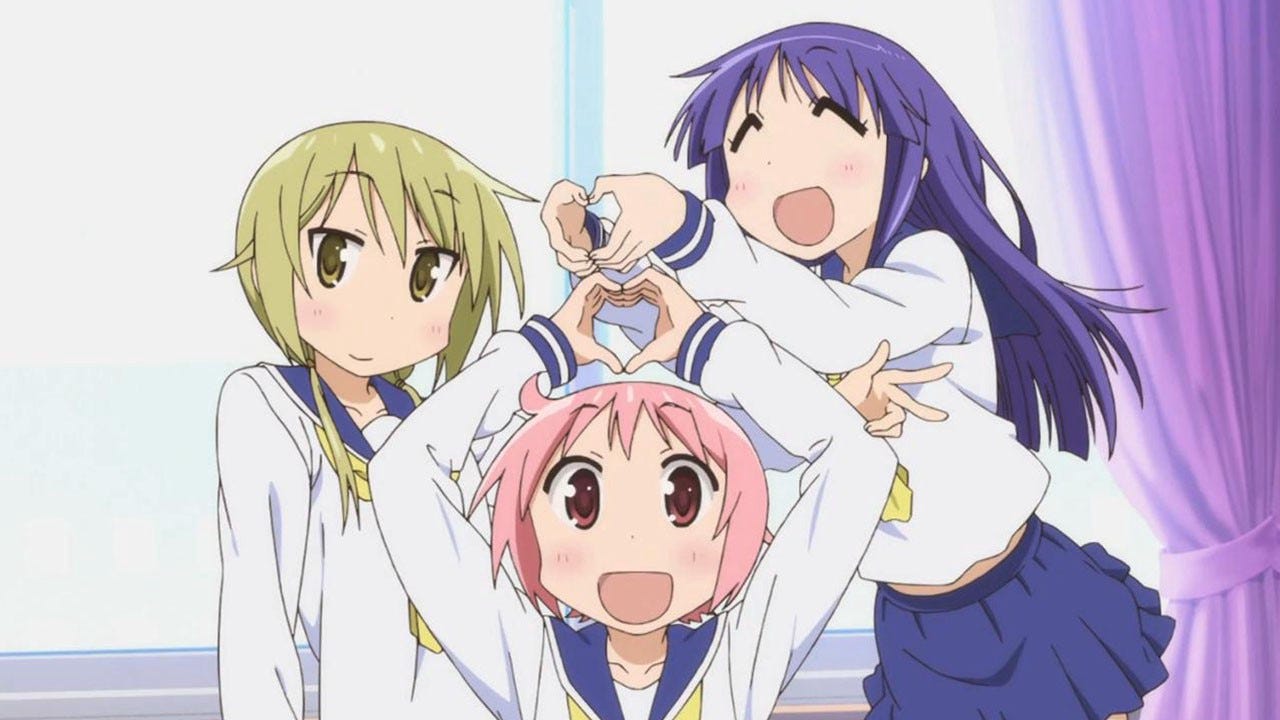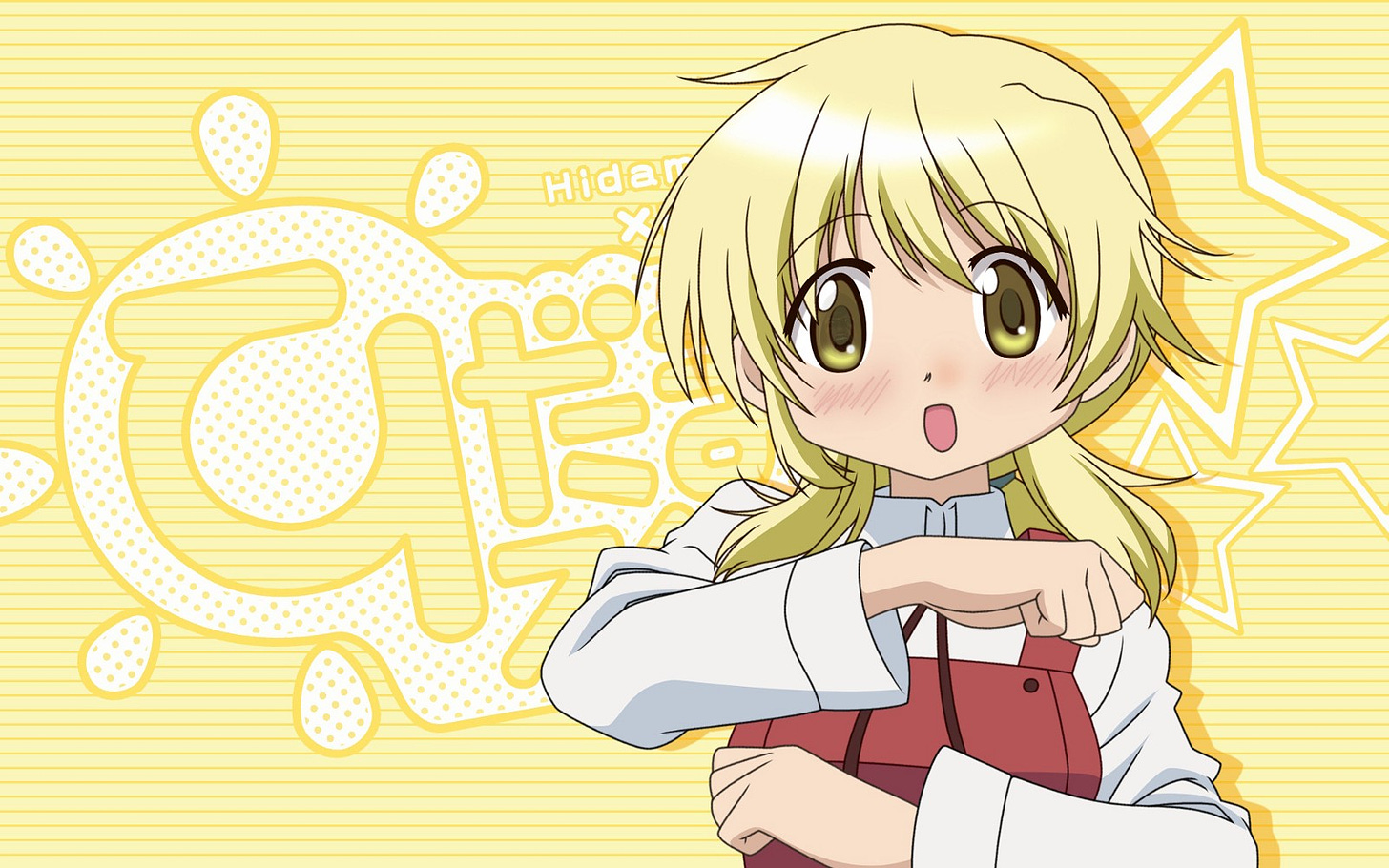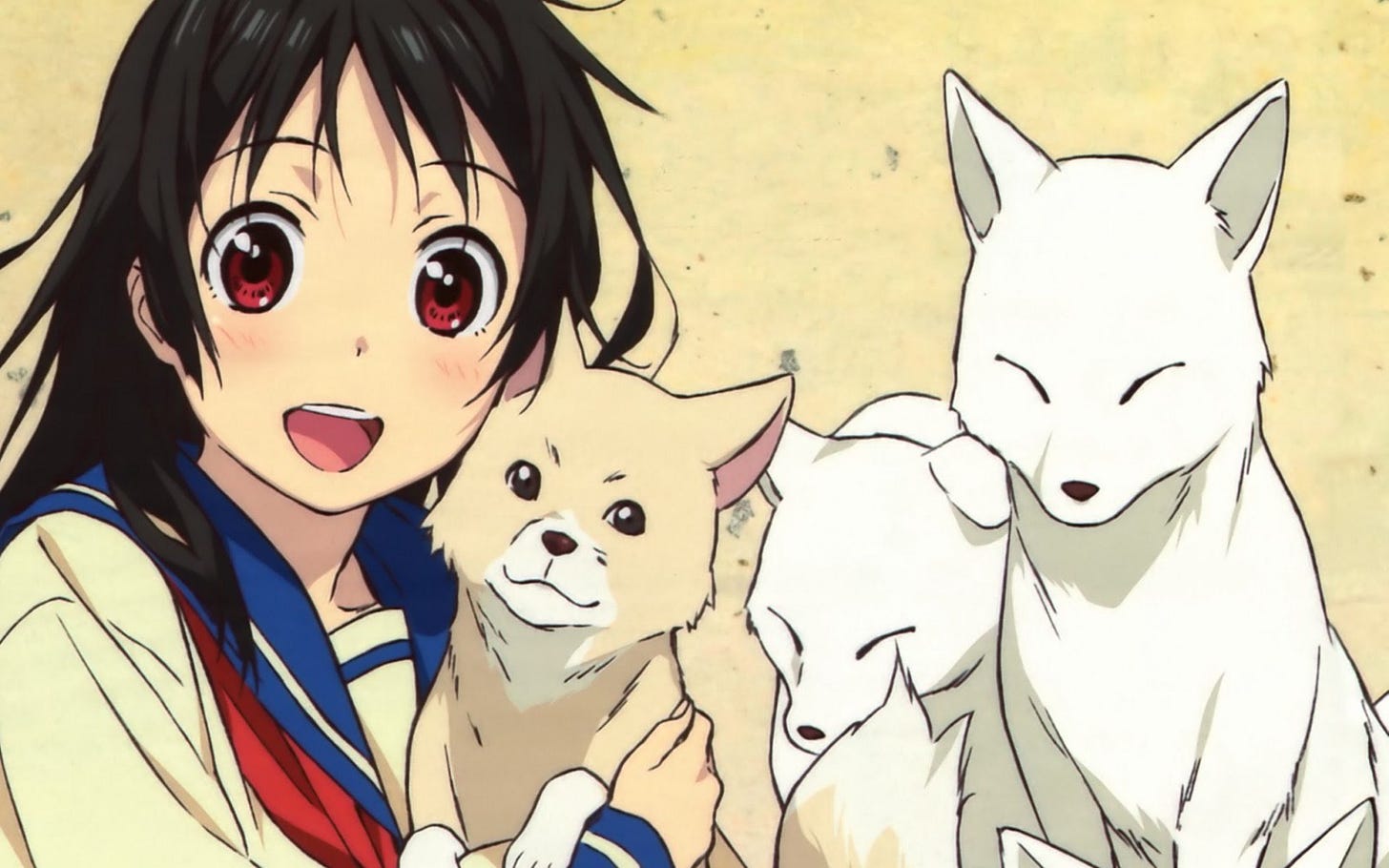I hear that this keeps getting taken down so I thought I’d host it here. If SJ Wiz would rather I didn’t host it here, please let me know.
Anyone who spends a lot of time with the transgender debate will notice sooner or later that there are a ton of young trans-identifying males who are into anime, using anime girls for their social media avatars, sharing memes related to cute anime girls, and so on. We don’t have statistic or anything to confirm it (would be a strange thing to research), but the correlation seems beyond coincidence, and in this article I will put forth a theory on the dynamics behind the phenomenon, as someone who spent 5+ years in the anime community of 4chan, and developed a very mild form of gender dysphoria and autogynephilia during the same time.
Indeed, it’s a regular occurrence that people from the “Anime & Manga” board of 4chan visit the LGBT board and ask, explicitly: could it be that anime made me trans? Here’s a good example of a thread with many people admitting there being a connection.
Their theories vary of course, and those convinced by gender identity ideology frame it as merely “discovering” themselves to be trans after getting into anime, as they don’t believe one can develop the conditions that lead to trans identification. They believe one can only be born trans.
To properly understand the phenomenon, or at least my theory of it, one needs to begin with an analysis of boys’ socialization into masculinity.
Masculinity
The stereotyping of humans in accordance with their sex begins before birth.
Yes, before birth.
I’ll update this article if I manage to find the study again, but basically, scientists observed how parents react when the unborn baby kicks, and found that, if the parents know the baby to be male, they are more likely to ascribe the kicking to the fact that the child is male and therefore assumed to be more physically active by nature.
Update (28.05): It might have been just his case study that a researcher did on herself.
Another study found that adults stereotype infants with accordance to the pitch of their cries. Low-pitched cries are attributed to boys whereas high-pitched cries are attributed to girls. When the sex of the infant is known, the pitch is assumed to signify how feminine or masculine the child is. When a male infant cries with a high pitch, it’s assumed to have a more serious cause than when a female infant does so, because female infants are assumed to cry with a high pitch anyway.
I’m giving these examples not to argue that kids begin to be affected by sex stereotypes starting before or soon after birth. I’m not an expert on neurological development but would assume that babies that young don’t have the capacity to process how others treat them beyond a very basic level. My point is, rather, that by the time a child’s mind is developed enough to respond to such stereotyping treatment, the stereotyping is already happening. We spend not even the earliest phases of our mental development in an environment free of sex stereotypes. Our consciousness is born into a sex stereotyping environment, and grows within it starting from day zero.
For stages later than infancy, I’m not sure if there’s scientific evidence, but I would assume that my claims here are relatively uncontroversial: watch how parents, perhaps men in particular, interact with boys who even just begin to walk and talk, and you are likely to notice that expectations of masculinity are already there. Vaguely, the boy will be taught to be loud, active, self-asserting, to be king. If he is meek, passive, gentle, or otherwise “feminine” or “effeminate,” the boy will be met with disapproval or disappointment. Toy preferences will be policed: no, you don’t want to play with the pony with the glittering mane or the Barbie doll with the pretty hair and dress, those are for girls. Clothing is policed: only girls wear cute, pink, frilly dresses and skirts, or t-shirts with pretty kittens or princesses or whatever on them…
Now, I’m not trying to give a gendered upbringing 101 lesson. Especially for people well versed in feminist theory, all this stuff is basic. Instead, I want to draw attention to a very particular aspect of masculine upbringing, which ties into our topic.
A large part of masculine socialization is dependent on the killing of positive emotions that are deemed feminine, and the prevention of many ways of thinking and behaving that simply make a person feel wholesome, because they are simultaneously deemed to be girly.
I’m not the first to point this out. Andrea Dworkin talked about it as well if I remember correctly. (I probably picked it up from her.) The brilliant bell hooks explains the same thing the following way, as I’ve found just recently:
The first act of violence that patriarchy demands of males is not violence towards women. Instead patriarchy demands of all males that they engage in acts of psychic self-mutilation, that they kill off the emotional parts of themselves. If an individual is not successful in emotionally crippling himself, he can count on patriarchal men to enact rituals of power that will assault his self-esteem.
To elaborate: the boy has to be loud and active, so he can’t relax. He has to assert himself, which means conflict and stress. He can’t be too gentle — even to the things he loves — because he’s not some kind of faggot now, is he? It becomes worse when boys begin to ridicule, ostracize, bully each other based on perceived effeminacy. It becomes really soul-breaking at that point. Sure, masculine socialization means learning to be the oppressor under patriarchy, but for the individual boy, especially the one who has no natural predisposition to the characteristics expected of masculinity, who instead is soft and gentle by nature, the role he is expected to play is his doom.
For many, the result is massive repression. Repress all the positive emotions. Even if you’re not very active, never just relax and enjoy the calm; sulk around with a grim face instead. If you dare to feel light-hearted joy in the first place: don’t dare expressing it with a heartfelt laugh, because laughing is for when you’re victorious over your rival whom you’ve just dominated — otherwise it’s a frivolous girly expression. Gentle touches and caresses are for girls and faggots, so you don’t let anyone touch you. If you can’t be the glorious masculine hero, you become the emotionless robot, the gloomy depressed kid who’s indifferent to pretty much anything, because then at least he’s not girly.
This more or less describes most of my childhood, adolescent, and young adult years, and currently I have to watch the same thing happening to a younger brother, who has a lot of softness inside of him just like me.
Of course, repression never fully works. The boy is left with a deeply seated longing for all those “feminine”-deemed feelings. A longing for enjoying life again. For being allowed to enjoy life, even.
And now, enter the anime subculture.
Cute Girls Doing Cute Things
This is literally a genre of anime. Frequently abbreviated CGDCT.
Famous examples: Azumanga Daioh, K-On!, YuruYuri, A Channel, Hidamari Sketch, Non Non Biyori, Yuyushiki, Gochuumon wa Usagi Desu ka, Yama no Susume, and the list goes on. These are all just off the top of my head.
Officially, their genre tends to be listed as comedy and “slice of life.” Slice of life is sometimes also called iyashikei — a Japanese word meaning literally “healing.”
Generally, all the main characters are female. Male characters tend to be rare, sometimes entirely absent from the series. The context is oftentimes a girls’ high-school or something similar.
And all the characters are ultra-feminine blobs of cuteness who tend to express their utter joy in life in the most cheerful and dramatic ways possible, or at least represent various stereotypes of femininity that exist in Japanese culture. They showcase purified, sterilized, highly idealized versions of femininity.
So this is like My Little Pony and “bronies” then, right? Adult men creating a subculture around cartoons made for young girls?
Well, not quite. These anime are made for men. The official target demographic is more often than not “seinen,” meaning adolescent boys and young men, sometimes older men even. Which is also why the female characters are frequently covertly or overtly sexualized. (I won’t even get into the whole pedophilic aspect of it.)
The Japanese seem to have learned to turn the repressed femininity of young men into profit.
By the way, said representation of female characters is not unique to CGDCT. Romantic comedies, action anime, and really any genre of anime frequently contain female characters of the same nature. One doesn’t need to indulge in die-hard CGDCT subculture to be bathed in this representation of joyful hyper-femininity.
For the repressed lonely boy, getting into such anime is first of all a way to indulge in the joys of femininity in a way he himself finds acceptable. It may not be entirely socially acceptable for young men to watch “girly” anime, but the male-dominated subculture around them, and the knowledge that the anime are “officially” made for young men, provides sufficient self-justification to overcome the internal fear of indulging in the “girly.” Moreover, the female characters are not only adored, but frequently also sexualized, which provides further masculinity-conformant justification.
Eventually, since the anime girl represents all those repressed emotions in the purest, most concentrated way possible, and as the boy indulges more and more in the media, he is overcome with the desire of becoming like her. A strong identification with the cute anime girl forms. He finally admits he always wanted to be soft and gentle like her, carefree and cheerful like her, enjoy life in its fullest without the heavy chains of masculinity, like her.
And a belief in “female gender identity” begins to form.
I have to go on a slight digression at this point.
I don’t have a straightforward explanation of why this identification also leads to the development of autogynephilia — why the boy begins desiring to be sexually passive and submissive, even becoming “pseudo bisexual” in Blanchard’s terms, when he is originally heterosexual. Sure, masculinity very strictly forbids sexual submission (especially submission to other men), so if there were a natural desire for submission then those feelings would be repressed along with the others, but why would an average straight boy have feelings of sexual submission in the first place? (I doubt that any person naturally has such feelings.)
I suppose it has something to do with seeing such sexually submissive performance as part of the whole package of glamorized femininity. Perhaps, frequent consumption of pornography, in which women are portrayed behaving sexually submissive and enjoying it, causes the boys to subconsciously associate sexual submission with pleasure, and after the floodgates of femininity are opened, this also surfaces. Indeed, many people seem to have an autogynephilic fetish that is more strictly sexual in nature, and that in turn has often been theorized (by the men who have the fetish) to be related to porn consumption. So possibly we’re dealing with an interaction between two distinct psychological processes: a porn-induced subconscious association between behaving sexually submissive and receiving sexual pleasure, leading to the development of a latent autogynephilic fetish, which then surfaces through the embracing of total femininity when repressed feelings explode through identification with cute anime girls who are able to enjoy life.
Perhaps a little far-fetched, but it’s the best I’ve got for now to explain how autogynephilic fetishism ties into the theory of repressed positive/feminine feelings.
Let us go back to feminine identification and gender dysphoria though.
The boy who had repressed positive, life-affirming emotions his whole life has finally found salvation through his cute anime girls who show him how to live life to its fullest. How to be a cheerful person radiating all kinds of love and joy. It’s not merely a superficial attachment. It can be experienced as a very deep, sincere feeling, which finally pulls him out of a life-long depression.
This is why the boy begins to feel not just regular discomfort with his body, which he finds ugly according to conventional beauty norms; rather, the mere maleness of his body starts to feel like a profound contradiction with what he finally finds within himself. The boy still being brainwashed by masculine ideology, the body causes extreme cognitive dissonance and distress, because it’s connected in his mind with the polar opposite of his newly found true and inner self. If I’m a cute, soft, cheerful girl on the inside, he thinks, how could I possibly have a manly body like this? How creepy, disgusting, and plain ridiculous would I look behaving like the cute girl that I am on the inside, when I’m going through all the motions with this male body?
So there you get gender dysphoria. Your whole life you’ve been taught that you’re supposed not to be like the feminine girls and instead a masculine boy, which you subconsciously hated, perhaps to the point of suicidality, and now you’ve finally discovered, and fully embraced, that you’re “really” a feminine girl, but the male body is still there and ruining everything. It’s reminding people that you’re actually male — no, it’s making them think that you’re male. So you jump around between trying to modify (maybe even mutilate) your body into a more feminine shape, and yelling at people that just because you have a male body, doesn’t mean that you’re not really a girl.
It’s a miserable state to be in, and I don’t wish it on anyone.
Not to excuse any of the misogyny coming from guys like this. Women didn’t do this to them, and women aren’t responsible for fixing the issue.

As a final remark, let me add that anime with cute girls in them is just one possible way in which repressed femininity can explode. Representations of glamorized femininity exist in a lot of media and around us, so for any individual young man, the gateway to gender dysphoria may be something entirely different, and may occur in various stages of life. I suspect that the story I’m telling here applies not only to anime-obsessed transgender males, but to many more of them. Possibly, the same general phenomenon explains the dysphoria of many younger boys as well, and not just adolescents.
One way or another, we must abolish gender if we want to fight this issue. Until then, expect to see more young men who hate their body to the point of desiring medical intervention, and who enter an existential crisis if you even just suggest to them that they are perhaps not literally a girl.








That's a very interesting analysis. agree that we must get rid of these gender stereotypes--they are strangling both our daughters and our sons!
Anime comes from rather misogynist Japan where attraction to young girls is not seen as dodgy. As a person endowed with a generous nose, I've always found their drawings rather crap - although I do love Spirited Away and Howl's Moving Castle from studio Ghibli. Still, I'm always suspicious of people who put a cartoon photo instead of one of their faces on social media, whether they be trans or not. Somehow, you can't help but feel they're hiding something nasty.
The big problem is where people seem to put as much value to their avatars as to their real person. It's just strange to an older person like me.